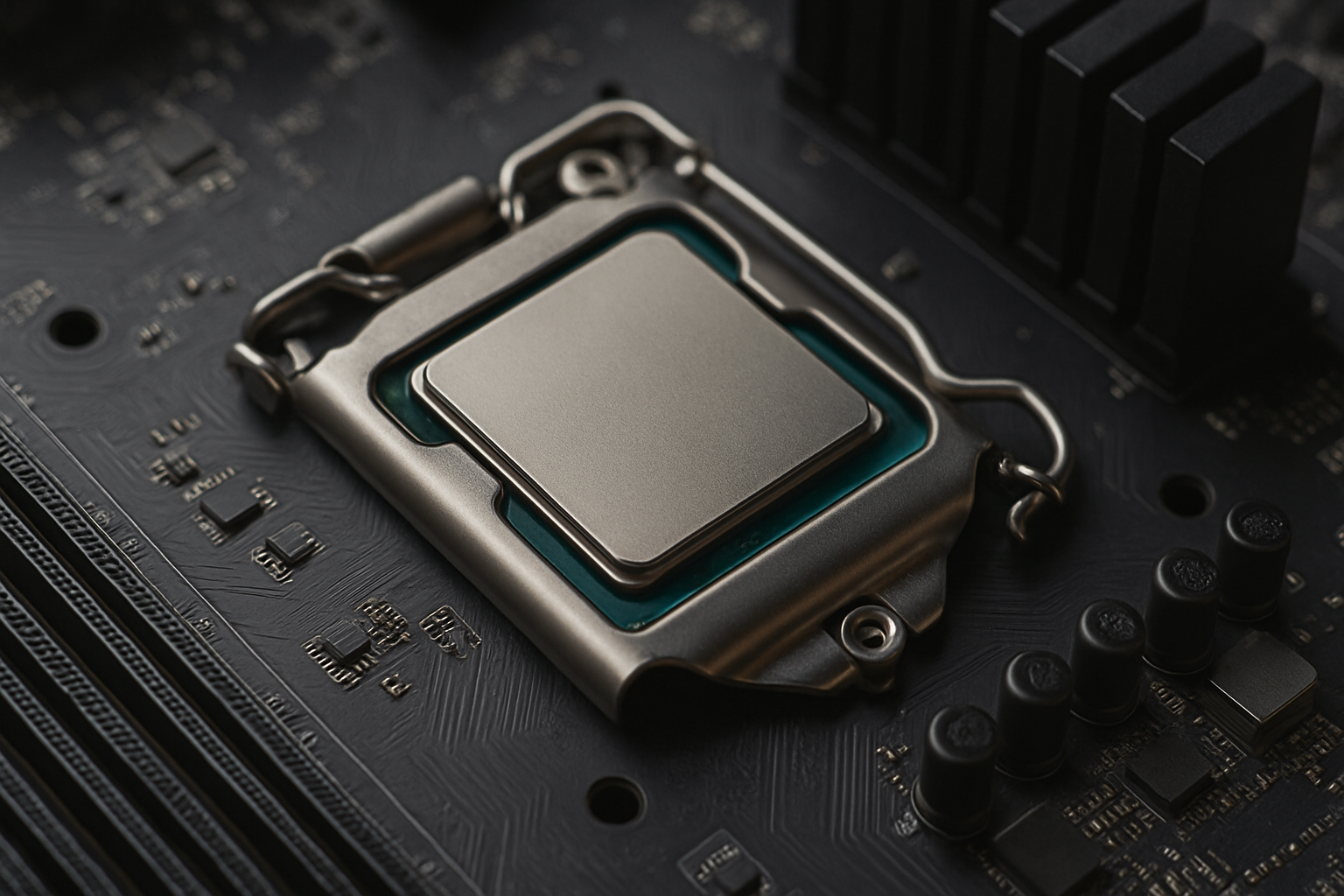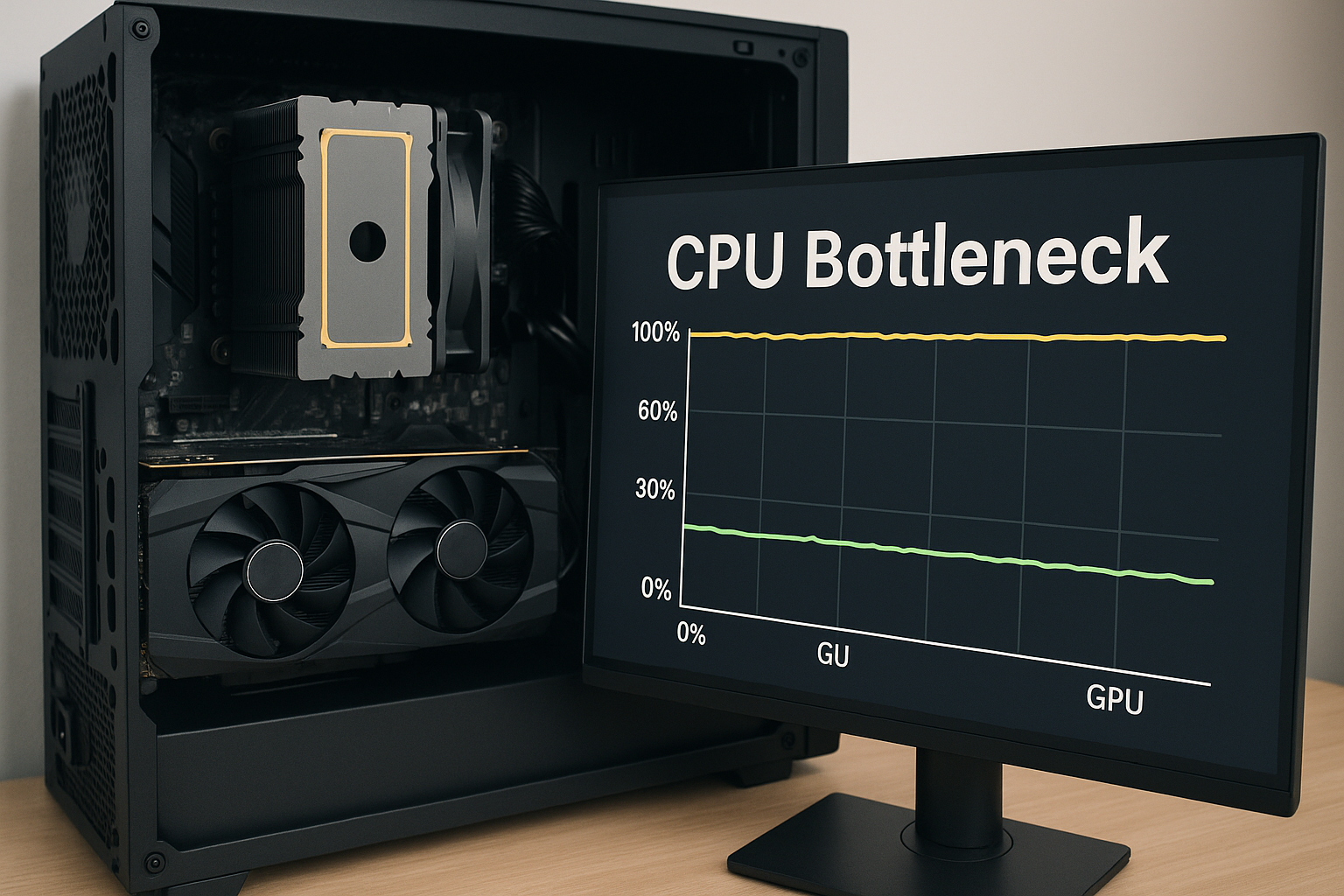
AMD Vs. NVIDIA
AMD vs NVIDIA: Which GPU Brand is Better in 2025?

When you're looking to build a powerful PC or upgrade your gaming setup in 2025, one of the most important decisions you'll face is choosing between AMD and NVIDIA for your graphics card. These two industry giants dominate the GPU market and have a long history of innovation, competition, and shifting advantages. Today, the differences between them aren't as clear-cut as they were a decade ago. Both offer incredible performance, powerful features, and unique strengths, but depending on your needs—whether that's gaming, content creation, or AI workloads—one might be a better fit for you than the other. Let's dive deeper into the competition.
Performance Showdown: Frame Rates, Resolution, and Beyond

When it comes to raw gaming performance, especially at ultra-high resolutions like 4K, NVIDIA continues to hold a slight advantage. Their flagship cards, like the RTX 4090 and the newly released RTX 5090, deliver incredible frame rates even at max settings with full ray tracing. In demanding titles such as Cyberpunk 2077 and Flight Simulator 2024, NVIDIA GPUs push higher average frames and better frame pacing compared to AMD’s options. However, AMD’s RX 7900 XTX offers fierce competition in traditional rasterized gaming, often coming within a few percentage points at a lower price point. Especially at 1440p, AMD often matches or beats NVIDIA for significantly less money, making them a smart choice for esports players and budget-conscious builders.
VRAM Matters: Bigger Buffers for Modern Games
As game worlds become larger and textures grow more detailed, VRAM has become more important than ever. AMD excels in this area—offering more VRAM across its high-end lineup. For example, the RX 7900 XTX boasts 24GB of VRAM, compared to 16GB on the RTX 4080 Super. In titles like Starfield and Baldur's Gate 3, this extra VRAM provides smoother experiences at ultra settings, particularly when adding heavy mods or texture packs. For content creators handling large video files or 3D scenes, AMD’s memory advantage is even more appealing. However, keep in mind that overall GPU performance is a combination of VRAM, processing power, and software optimization—not just memory size.
Ray Tracing and AI Features

Ray tracing has become a major frontier in graphics innovation, and NVIDIA continues to lead here. The RTX 5090 and RTX 4090 feature powerful dedicated RT cores that handle ray-traced lighting and shadows beautifully. Paired with DLSS 3.5, which uses AI to upscale and generate frames intelligently, NVIDIA cards can maintain stunning visuals without sacrificing frame rates. AMD’s RDNA 3 architecture introduced improved ray tracing and FSR 3 frame generation, but they still slightly trail behind NVIDIA in both quality and performance. For gamers chasing cinematic visuals, NVIDIA still delivers the best experience—but AMD is closing the gap fast.
Software Ecosystem: Drivers, Stability, and Tools
Software support can make or break a gaming experience. NVIDIA’s GeForce Experience suite streamlines driver updates, offers automatic game optimizations, and powers tools like NVIDIA Broadcast for AI-enhanced streaming. Their drivers are famously stable, often ready on day one for major releases. AMD’s Adrenalin Software Suite has come a long way, now providing robust performance tuning, streaming tools, and features like Radeon Chill. Although AMD’s drivers have improved greatly, occasional issues still pop up with new AAA game launches. For gamers who prioritize plug-and-play reliability and advanced features, NVIDIA holds the edge.
Price-to-Performance Champion: AMD’s Winning Move
When it comes to value, AMD consistently delivers. The RX 7700 XT and RX 7800 XT offer outstanding 1440p and even 4K performance at a lower cost than their NVIDIA rivals. For gamers who want strong performance without emptying their wallets, AMD’s mid-range lineup is hard to beat. That said, NVIDIA’s top-tier cards justify their higher prices with superior ray tracing, AI enhancements, and energy efficiency. Ultimately, AMD wins the value battle, but NVIDIA wins if you’re willing to pay a premium for the absolute best gaming experience.
Power Efficiency and Thermals
NVIDIA's Ada Lovelace and Blackwell architectures are engineering marvels when it comes to power efficiency. Their GPUs typically deliver more performance per watt, translating to quieter fans, lower temperatures, and lower energy bills. AMD’s RDNA 3 series made big strides in efficiency compared to RDNA 2, but certain models, like the RX 7900 XTX, still run a little hotter under load. If you’re building in a compact case or aiming for a whisper-quiet system, NVIDIA cards will likely make your life easier. But AMD’s thermals are manageable with good airflow and proper cooling.
Future Outlook: AI, Gaming, and Beyond

Both companies have their eyes on the future, but in different ways. NVIDIA is diving deep into AI development, pushing beyond gaming into supercomputing, simulation, and content creation with platforms like NVIDIA Omniverse. Their GPUs are becoming essential tools for AI researchers and developers worldwide. AMD is leaning into gaming versatility, continuing to power next-gen consoles like the PS5 Pro and future Xbox models, while also innovating in chiplet design for scalable GPUs. Whether you want a card for high-end AI experiments or simply the next generation of gaming performance, both brands offer exciting futures—but NVIDIA is placing a bigger bet on AI as the next frontier.
Final Verdict: It Depends on YOU
Choose NVIDIA if you’re chasing ultimate performance, incredible ray tracing, cutting-edge AI features, and near-flawless driver support. You'll pay more, but you'll get the best technology available.
Choose AMD if you want excellent performance at a better price, higher VRAM for future-proofing, and outstanding value for competitive or 1440p gaming.
Both AMD and NVIDIA are producing some of the best GPUs we’ve ever seen. Depending on your goals, budget, and favorite games, you can’t go wrong with either brand in 2025.
